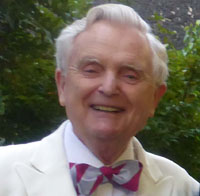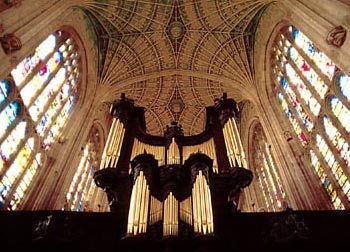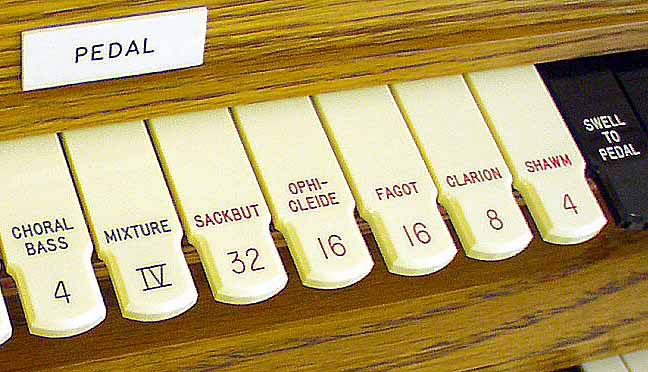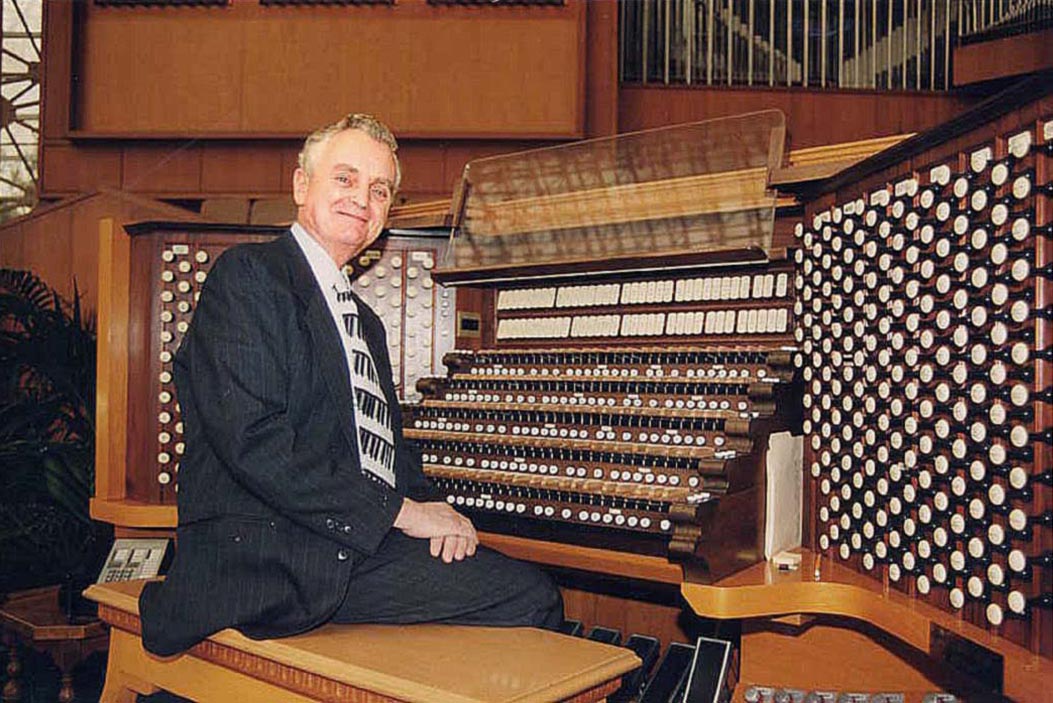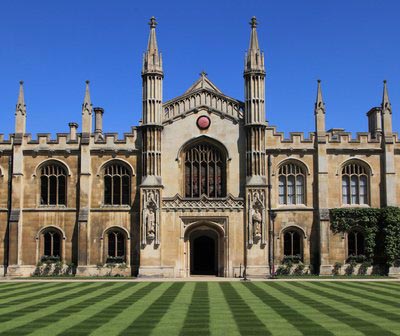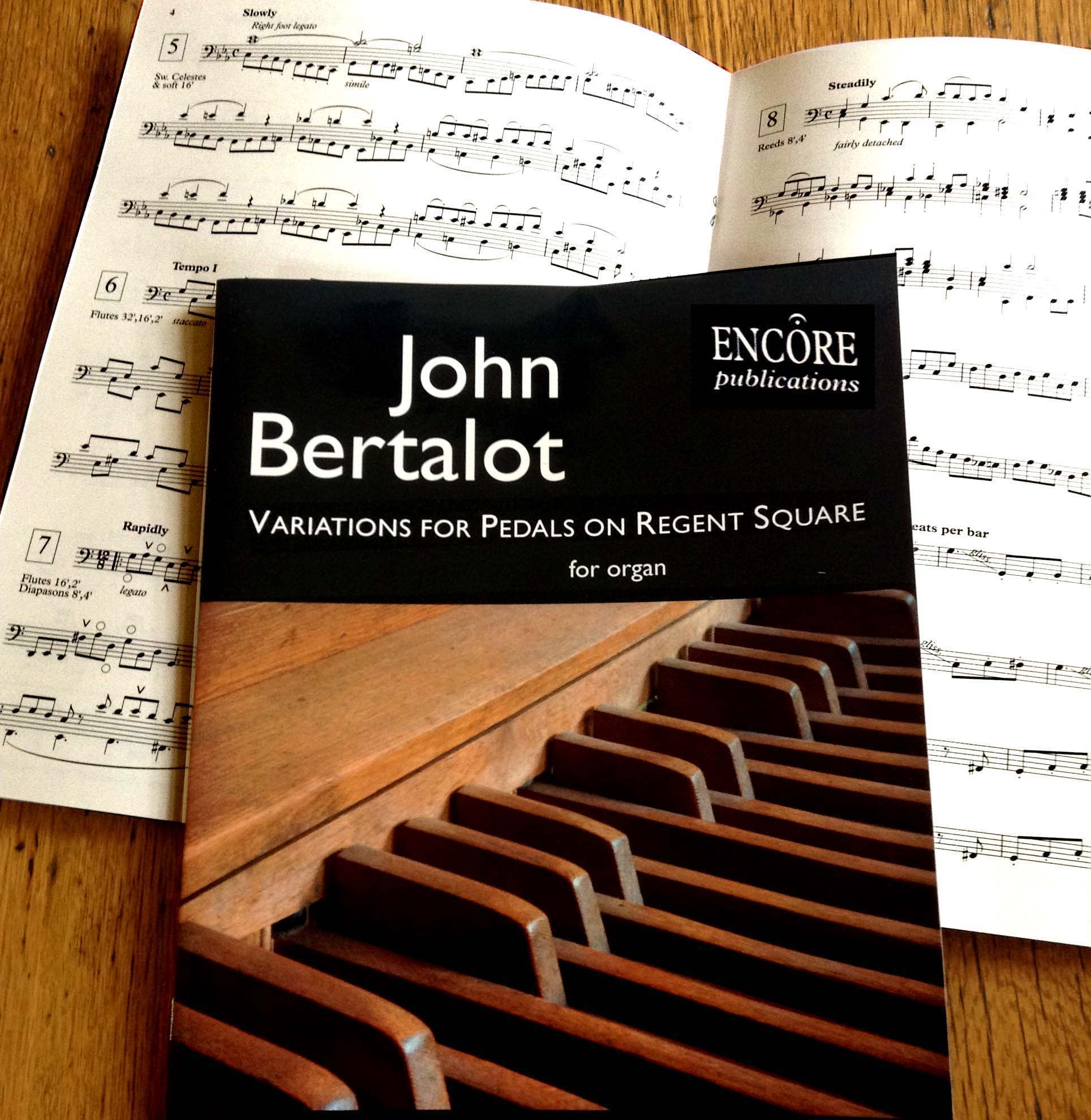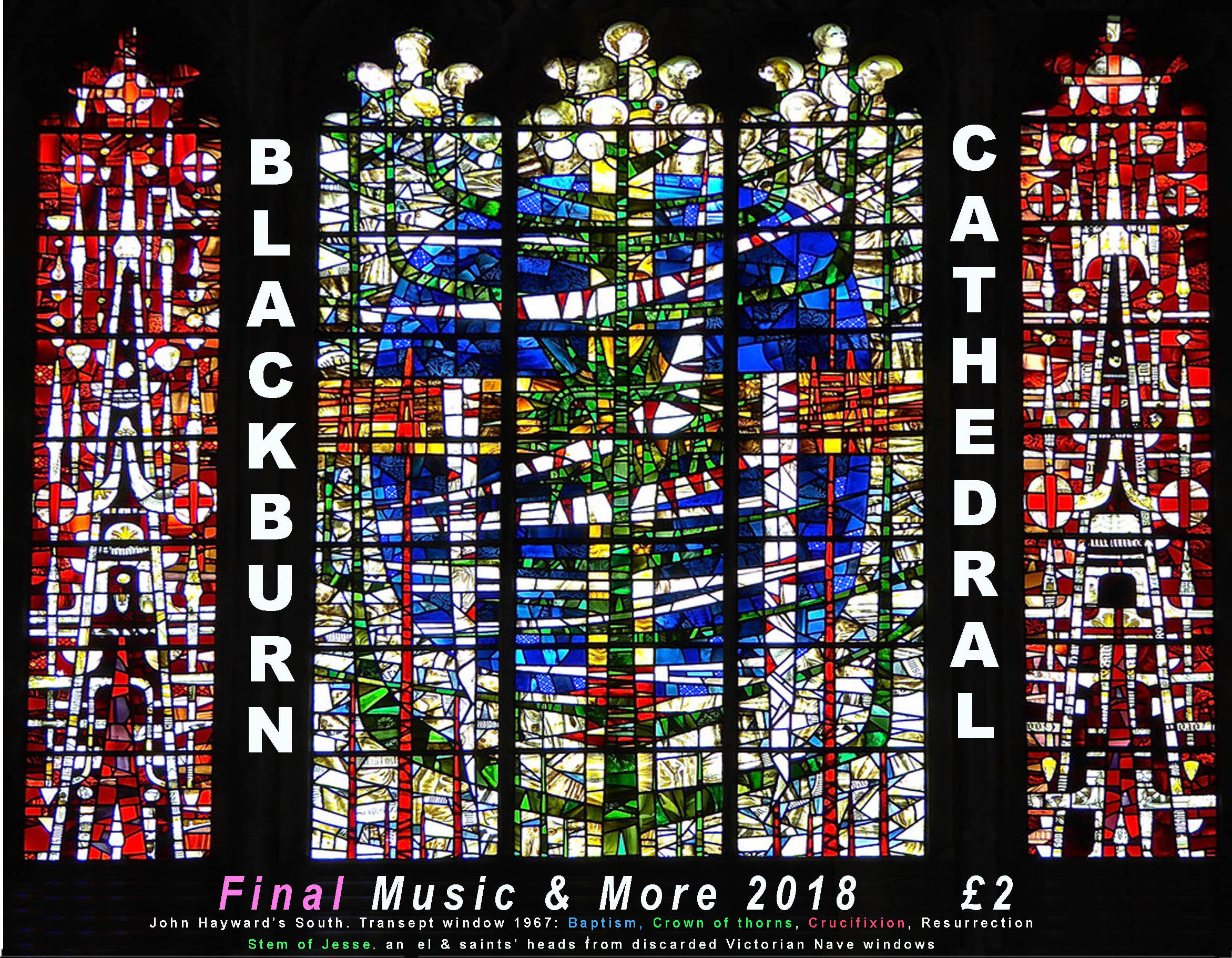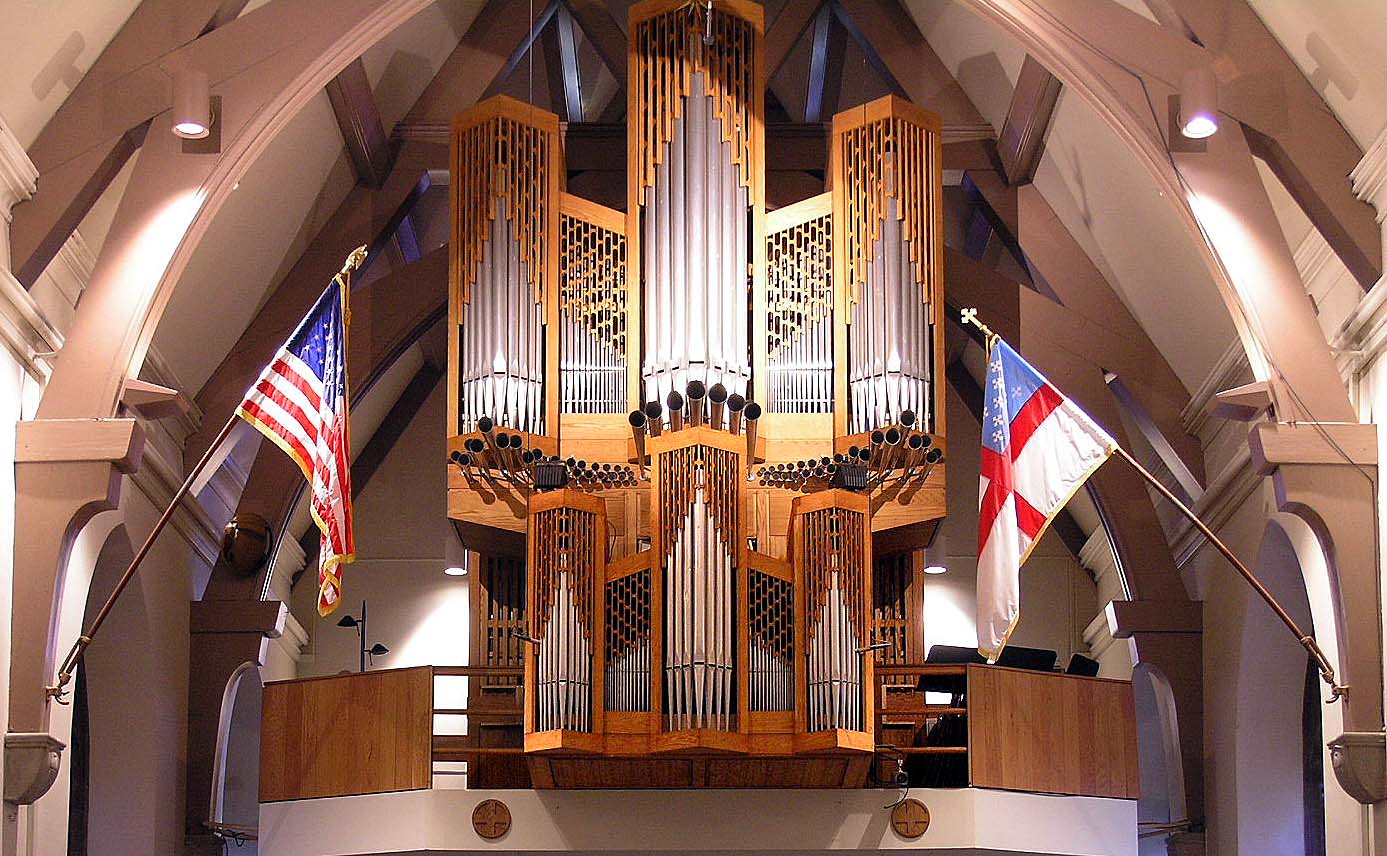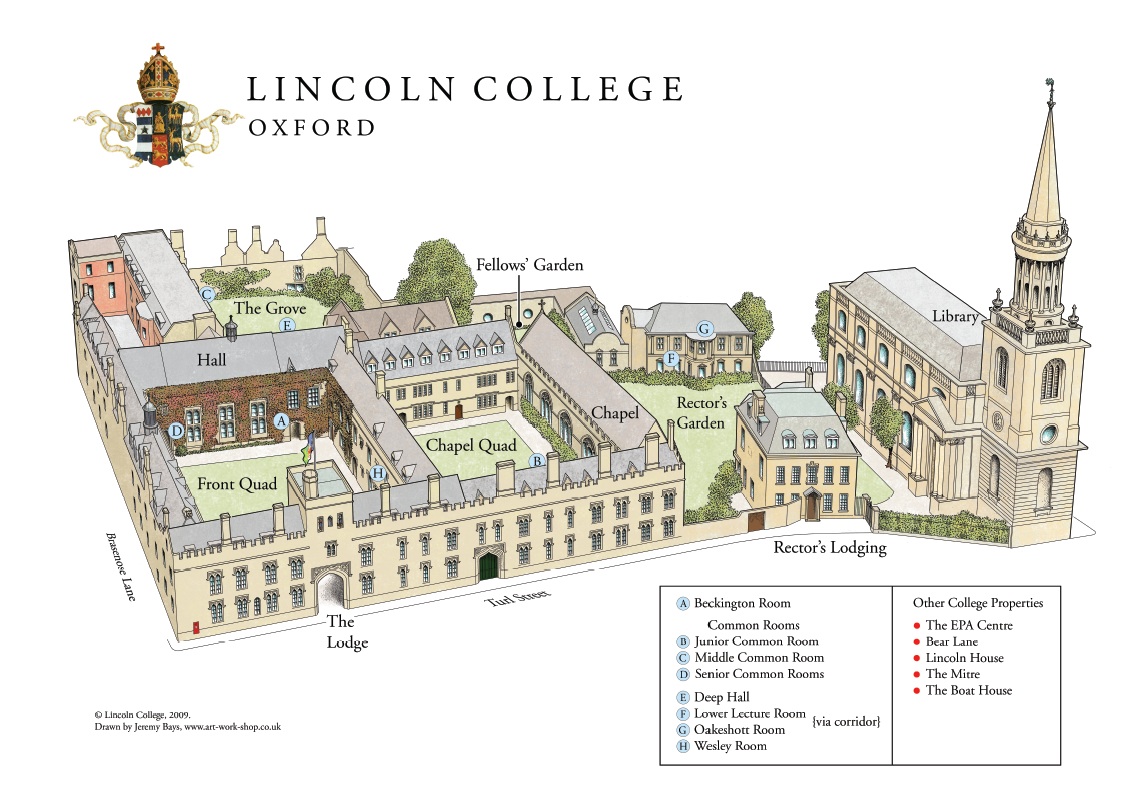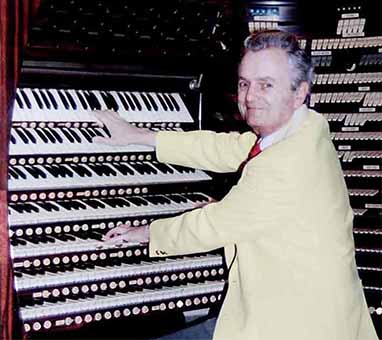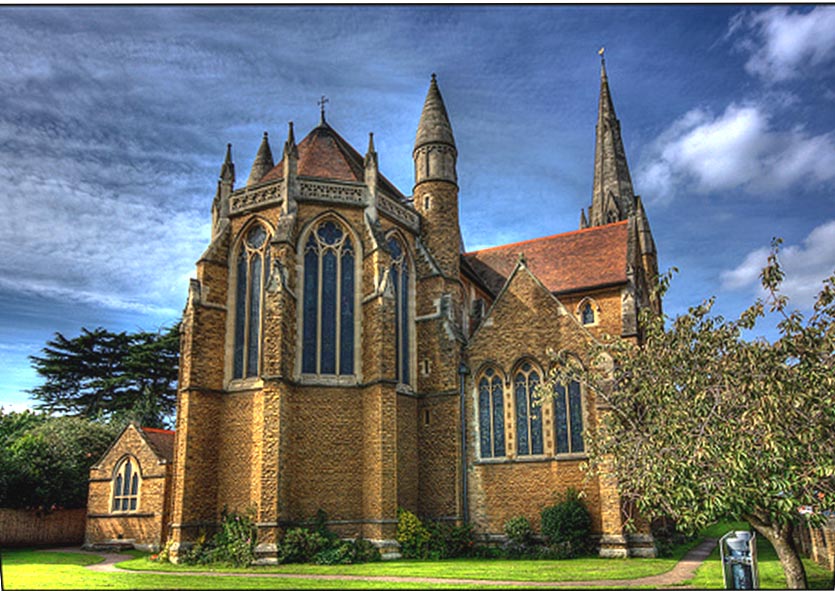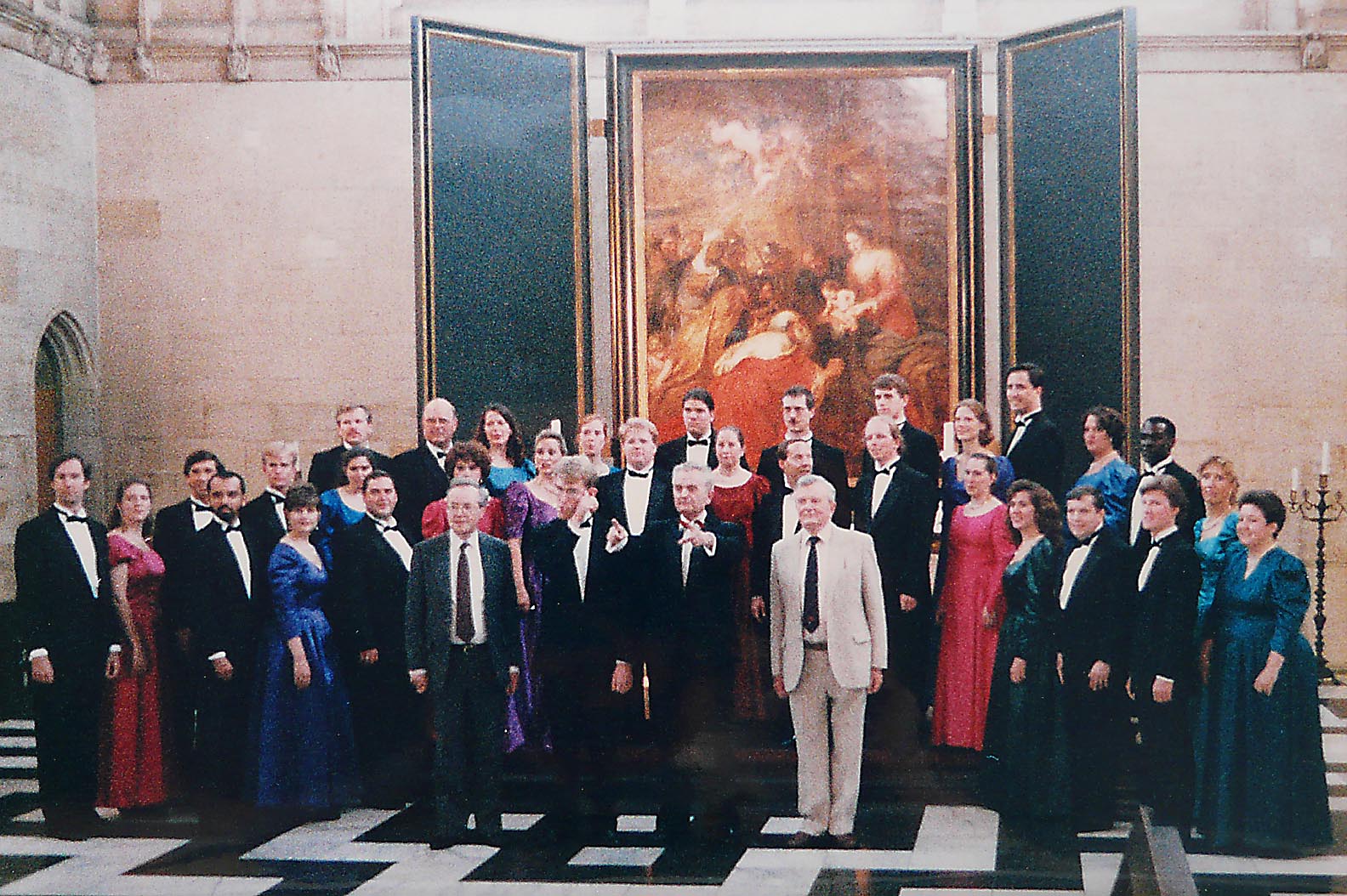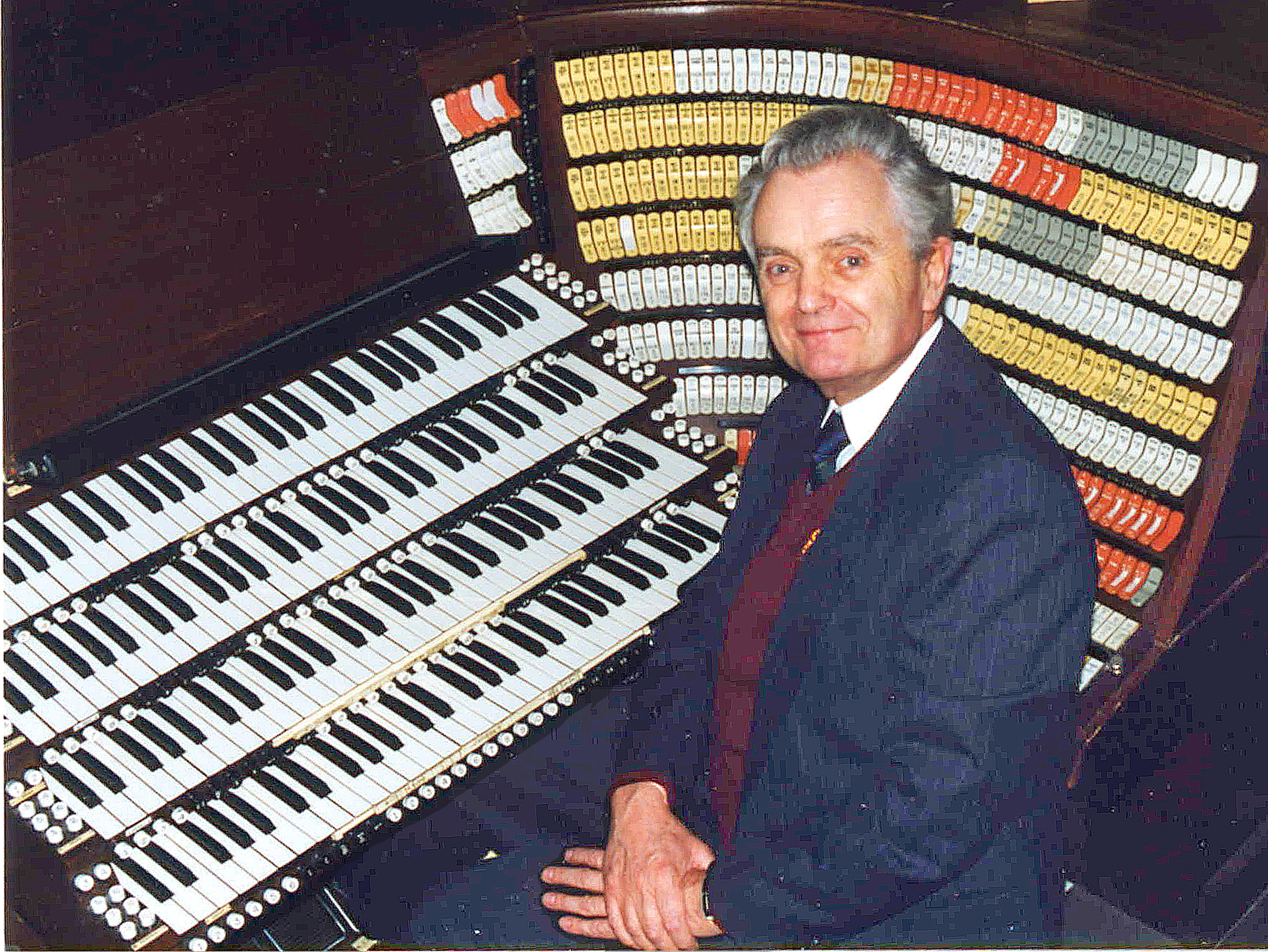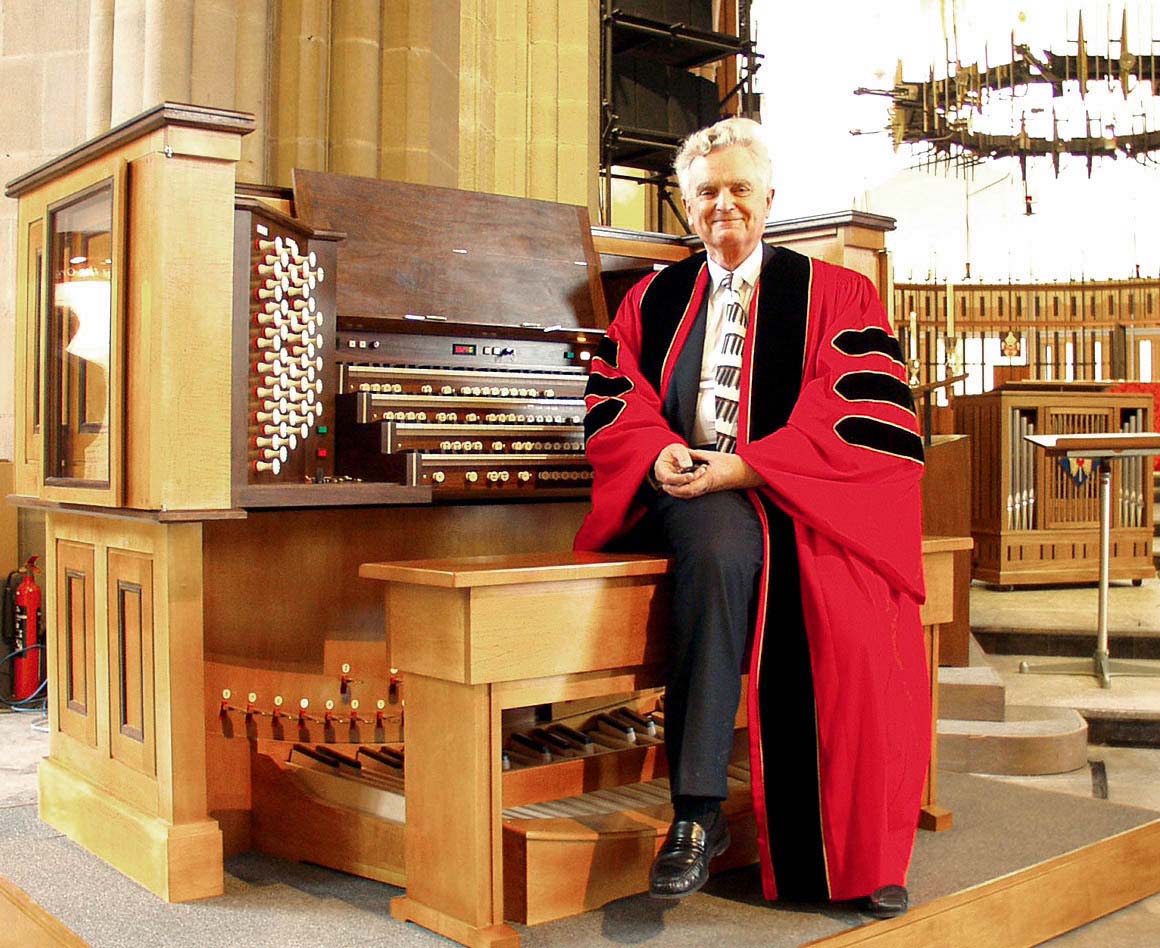WAS BACH A MATH3MAT1C1AN?
BY DR JOHN BERTALOT
from lectures given in
King's College, Cambridge, August 1986,
Southwell Minster, July 2000,
the Hereford Three Choirs' Festival, August 2003
and Blackburn, September 2010.
3 ALPHABET1CAL NUM3ROLOGY
Now this is where we really begin to get down to the heart of Bach's symbolic writing.
Alphabetical Numerology means that numbers can take the place of letters.
For example, if one is writing out lists, we could number them as 1, 2, 3, etc., or as (a), (b), (c).
Therefore A could stand for 1, B for 2, C for 3.
Be aware, when writing out the entire alphabet, that the letters i & j are, historically, the same letter;
similarly U and V are the same letter. (One only has to look at Latin inscriptions on buildings to see that the letter U is nearly always written as a V.)
How does this apply to J S BACH?
This is where one must recognise a double coincidence.
The first coincidence:
Using alphabetical numerology, we discover that B A C H = 2 1 3 8
and when we add 2+1+3+8 we get 14.
However when we add J S B A C H, 9+18+2+1+3+8 we get 41.
41 we can recognise as 14 backwards and, for a composer who could write music backwards as well as forwards, this is the first coincidence.
(Did Bach write music backwards as well as forwards?) Yes - there are many examples.
Look at this canon from his MUSICAL OFFERING, composed after he had visited Frederick the Great in 1747, in Potsdam.
The King gave him a theme on which to improvise which Bach did, but later he sent this considered work which is FULL of canons and fugues and other movements which show his contrapuntal skill, and each one is based on the King's theme: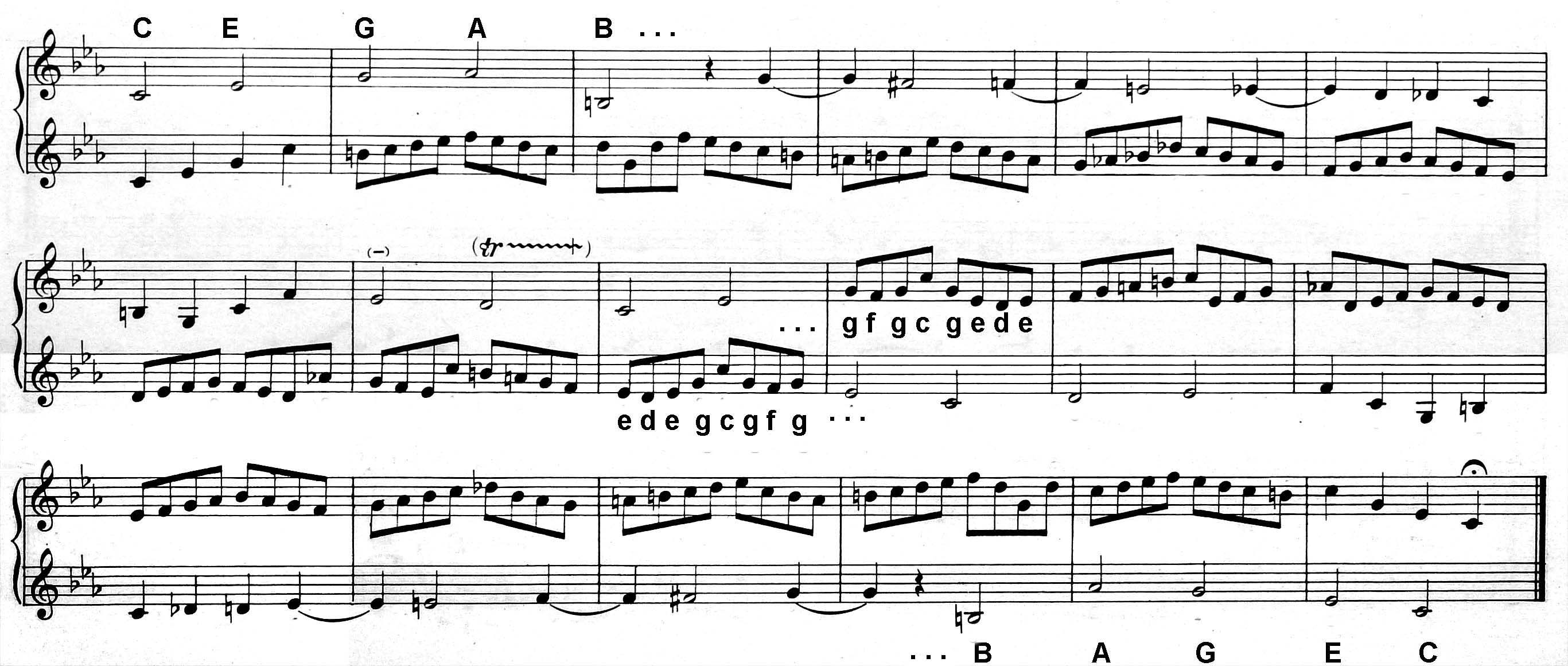
It's backwards after bar 9!
And also look at this short piece which is the first canon in a set of 14 (sic) canons discovered in 1974.
What does the sign at the end mean? It means that the second part should be the first part played backwards; the whole piece being in 2-parts. You can work this out for yourselves!

This is the simplest of these 14 canons - for they get progressively more complicated.
Look up a fascinating essay on these 14 canons on:
http://jan.ucc.nau.edu/~tas3/fourteencanonsgg.html
So, having recognised the ability of Bach to compose music backwards as well as forwards, let's look at the second coincidence:
Take the letters of Bach's full name and add their respective numbers together:
J O H A N N S E B A S T I A N B A C H = 9+14+8+1+13+13+18+5+2+1+18+19+9+1+13+2+1+3+8 =158
158 is lovely 'Bach' number, because when we add the digits 1+5+8 we get 14.
And one can continue to play with these three numbers: 1+(5 x 8) = 41.
And even: (8-1) divided by 5 = 1.4
Der Geist hilft (The Spirit also helpeth us) has 123 bars in its first section.
The factors of 123 are 3 and 41.
The 3 stands for the Third Person of the Trinity; the 41 stands for J S BACH.
In other words, Bach is saying the the Spirit helps him!
The first movement of the Motet Furchte dich nicht (Be not afraid) has 154 bars in its first section.
It's a Prelude and Fugue, with the fugue starting at exactly halfway.
154 = 11 x 14
In my second article I noted that Bach had intended got compose 164 choral preludes in his Orgelbuchlein -
for all the pages were prepared and the titles of each chorale prelude were noted.
But now we understand why Bach wanted to complete 164 preludes
(which were all based on music for Christian year - he was a committed Christian who wanted to show that he identified himself with this teaching).
164 = 4 x 41
And now consider the number of bars in the 'St. Anne' Prelude: 205.
The factor of 205 are 5 x 41.
And because this Prelude so clearly honours the Father, Son and Holy Spirit
Bach is thus identifying himself closely with his Christian faith, perhaps by saying, 'I believe what the following music proclaims'.
(You'll remember that this Prelude and Fugue begin and end a collection of chorale preludes which proclaim the Lutheran Christian faith.)
Is this coming to a too-rapid assumption?
Not when we examine, in my next articles, many more examples of Bach's and other composers' music!
